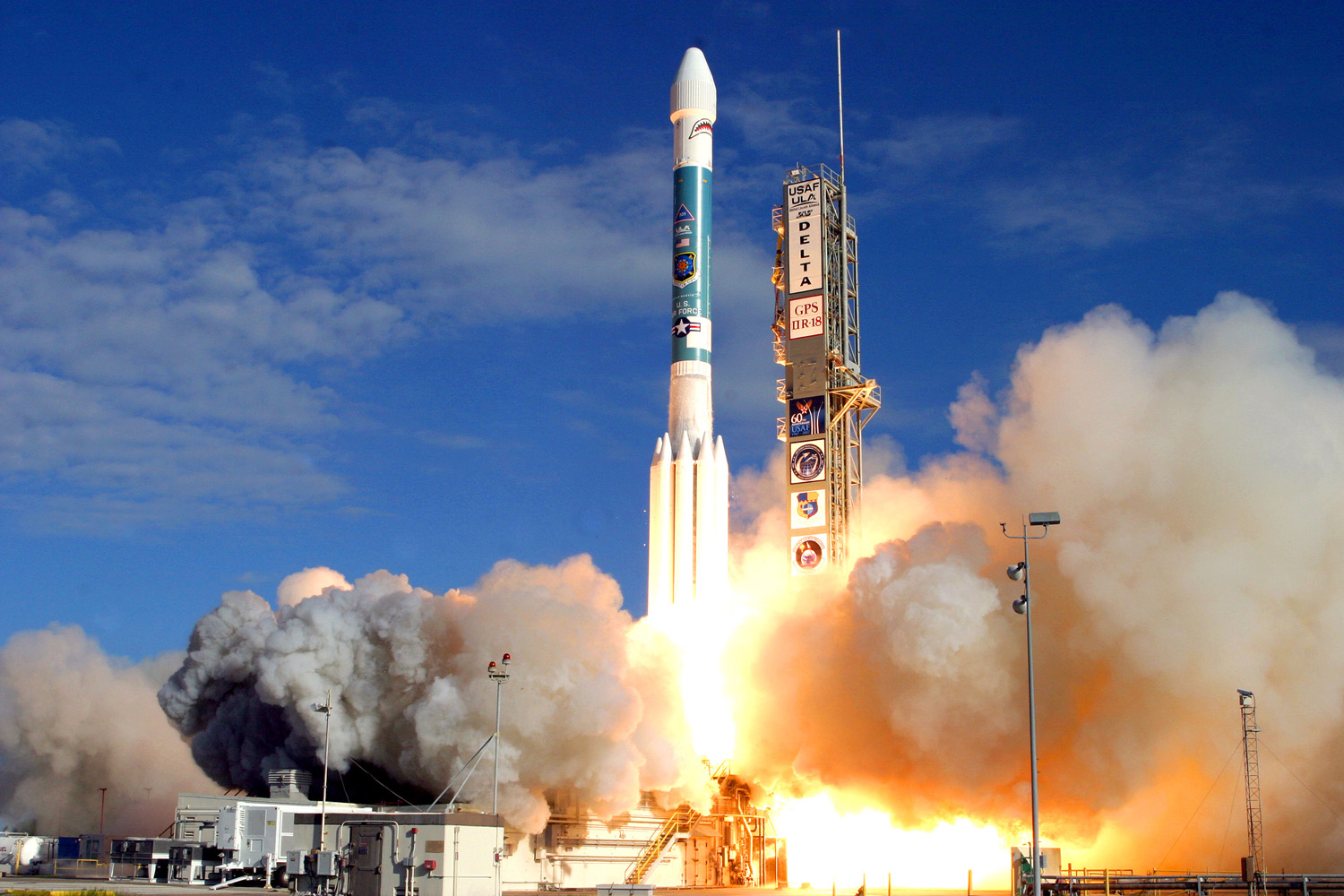
From the best equities strategist in the world, Jeremy Grantham:
Despite a shocking 2.9% setback in first quarter GDP (quarterly decline at annualized rate), the extent of which was forecast by no one, and despite a substantial decline in NIPA corporate earnings, the market has climbed slowly but steadily in recent months. Market volatility has declined to very low levels despite these setbacks and despite Middle Eastern problems. (The negative January Rule this year has, for that matter, also been ineffective so far.) So, all is apparently well, as we have arrived within three months of the dreaded (by bears) Presidential third year.Accordingly, my recent forecast of a fully-fledged bubble, our definition of which requires at least 2250 on the S&P, remains in effect.
What is worse for us value-driven bears, a further bullish argument has struck me recently concerning the probabilities of a large increase in financial deals. Don’t tell me there are already a lot of deals. I am talking about a veritable explosion, to levels never seen before. These are my reasons. First, when compared to other deal frenzies, the real cost of debt this cycle is lower. Second, profit margins are, despite the first quarter, still at very high levels and are widely expected to stay there. Not a bad combination for a deal maker, but it is the third reason that influences my thinking most: the economy, despite its being in year six of an economic recovery, still looks in many ways likequite a young economy. There are massive reserves of labor in the official unemployment plus room for perhaps a 2% increase in labor participation rates as discouraged workers potentially get drawn into the workforce by steady growth in the economy. There is also lots of room for a pick-up in capital spending that has been uniquely low in this recovery, and I use the word “uniquely” in its old-fashioned sense, for such a slow recovery in capital spending hasnever, ever occurred before. The very disappointment in the rate of recovery thus becomes a virtue for deal making.Previous upswings in deals tended to occur at market peaks, like 2000 and 2007, which in complete contrast to today were old economic cycles already showing their wrinkles. Worse than being in full swing, they were usually way over capacity. Thus, 2000 was helped along by the bubble in growth stocks to over 60 times earnings, allowing companies like Cisco, possibly correctly, to believe they were dealing with a near-zero cost of capital in making deal after deal for their massively overpriced stock.
In 2007 the housing bubble led to an extra one and a half to two million houses being built, with all the usual accoutrements of furniture sales and more jobs for realtors, bank officers, and Goldman Sachs designers of ingenious new ways to be of service to real estate speculators. Now that the smoke has cleared, the 2007 economy at its peak looks to have been 2% or so above trend capacity (allowing, incidentally, for the overstating of the U.S. long-term growth capability, a misjudgment that is still hanging around).
If I were a potential deal maker I would be licking my lips at an economy that seems to have enough slack to keep going for a few years. Also, individuals and institutions did feel chastened by the crash of 2009 and many are just now picking up their courage. And as they look around they see dismayingly little in the way of attractive investments or yields. So, the returns promised from deal making are likely to appear, relatively at least, exceptional. I think it is likely (better than 50/50) that all previous deal records will be broken in the next year or two. This of course will help push the market up to true bubble levels, where it will once again become very dangerous indeed.
My final thought on this issue is the following point, which I failed to make in my bubble discussion last quarter: perhaps the single best reason to suspect that a severe market decline is not imminent is the early-cycle look that the economy has. And even Edward Chancellor last quarter conceded that there was as yet no sign of a bubble in the quantity of credit that was being created.
Post Script
In early July, Janet Yellen made an admirably clear statement that she is sticking faithfully to the Greenspan- Bernanke policy of extreme moral hazard. She will not use interest rates to head off or curtail any asset bubbles encouraged by the extremely low rates that might appear. And history is clear: very low rates absolutely will encourage extreme speculation. But Yellen will, as Greenspan and Bernanke before her, attempt to limit only the damage any breaking bubbles might cause. Well, it is a clear policy and in my opinion clearly wrong. I had thought that central bankers by now, after so much unnecessary pain, might have begun to compromise on this matter, but no such luck, at least in the case of the Fed. The evidence against this policy after two of the handful of the most painful burst bubbles in history is impressive. But not nearly as impressive as the unwillingness of academics to back off from closely held theories in the face of mere evidence. This affirmation of moral hazard – we will not move to stop bubbles, dear investors, but will help you out when things go badly wrong – should be of great encouragement to speculators and improve the odds of having a fully-fledged equity bubble before this current episode ends.
Full report here.

